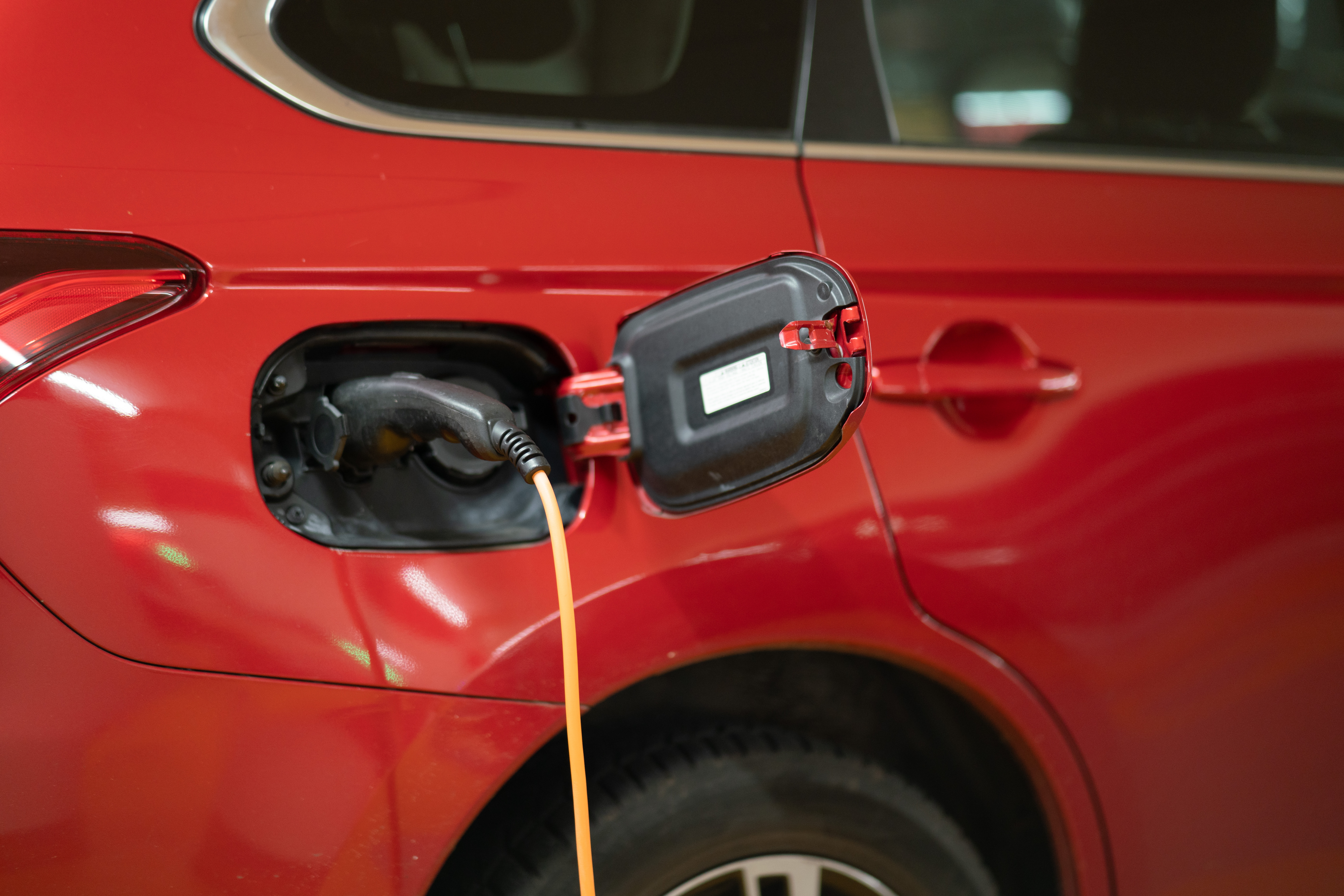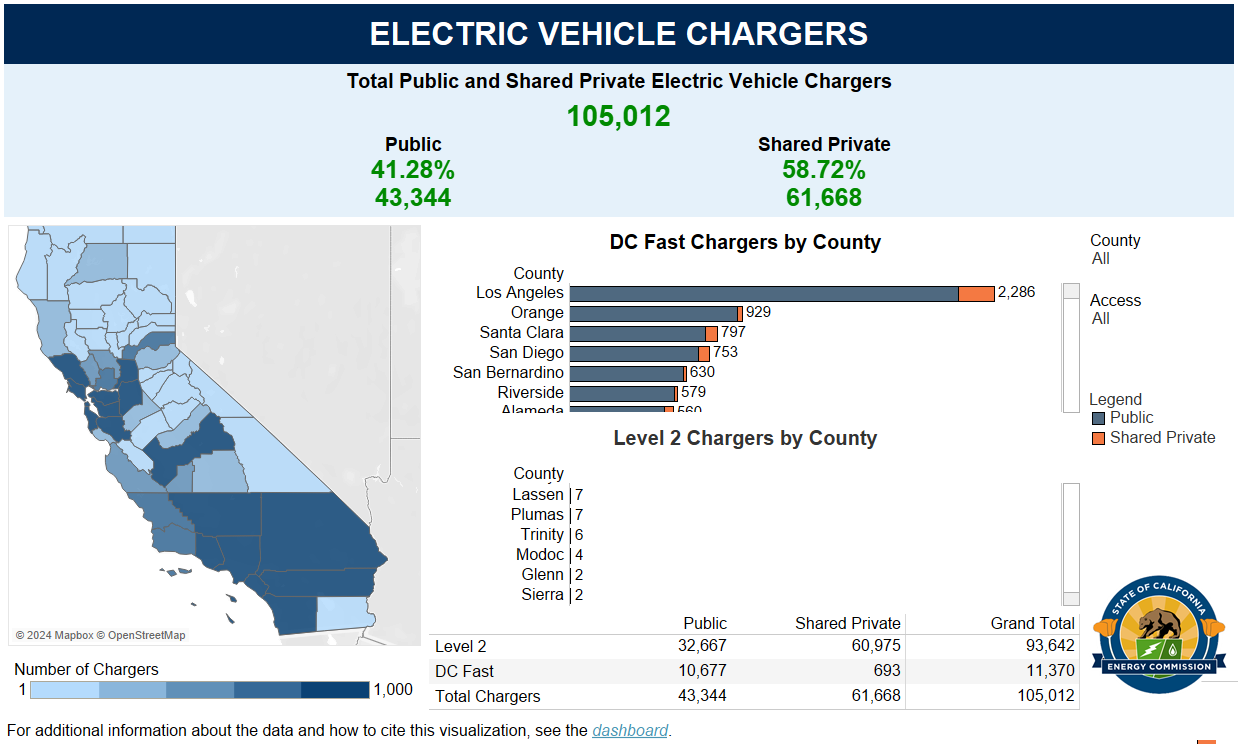
To improve air quality and reduce carbon dioxide (CO2) emissions as well as reduce traffic noise, Zero Emission Vehicles (ZEV) (including battery-electric, plug-in hybrid electric, and fuel cell electric vehicles) have become a priority for governments, with a range of programs (such as tax rebates and subsidies) and development of ZEV infrastructure (i.e., charging stations) key outlets for government funding. Despite this investment, the benefits of ZEVs are unequal (Hennessy and Zyal, 2023): the highest concentrations of electric cars are found in communities with white and Asian high-income earners, primarily concentrated in Silicon Valley cities and affluent coastal areas of Los Angeles and Orange counties. Comparatively, electric cars are almost non-existent in Black, Latino, low-income and rural communities (CalMatters, 2023).
The provision of ZEV infrastructure follows suit: Black and Hispanic majority-neighborhoods have lower access to public ZEV chargers and even lower access to the publicly funded chargers that are targeted to be built in their communities (Hsu and Fingerman, 2020). These public charger access disparities are more pronounced in areas with a higher proportion of multi-unit housing, where they are critical for ZEV operation due to a lower likelihood of residential charger access (Hsu and Fingerman, 2020).
ZEV Access across California
Data on Electric Vehicle registrations and infrastructure across the state can be found on the California Energy Commission's (CEC) website, at Zero Emission Vehicle and Infrastructure Statistics.
The CEC partners with the Department of Motor Vehicles (DMV) to track the sales and population of light duty ZEVs in California. The CEC also tracks the number of plug-in electric vehicle chargers and hydrogen refueling stations serving light-duty vehicles in California. The website contains dashboards that visualize these datasets, such as Electric Vehicle Chargers across California.

Additionally, through four principal incentive programs of the California Air Resources Board (CARB). Californians have received since 2010 nearly $1.46 billion in light-duty zero-emission vehicle (ZEV) incentives to buy or lease over 560,000 electric vehicles (EVs), with low-income communities and disadvantaged communities receiving $438 million in incentives through these programs — nearly one-third of the total. The impact of these funds can be tracked using the Center for Sustainable Energy's California Zero Emission Vehicle Insights (CALZI) dashboard . The dashboard aggregates data from four CARB-funded programs: Clean Cars 4 All (CC4A), Clean Vehicle Rebate Project (CVRP), Clean Vehicle Assistance Program (CVA Program) and Drive Clean Assistance Program (DCAP).
External Resources
Zero Emission Vehicle and Infrastructure Statistics & Visualizations
Additional statistics and dashboards provided by the CEC with the DMV.
California Zero Emission Vehicle Insights (CALZI) dashboard
The Interactive dashboard created by the Center for Sustainable Energy (CSE) for the California Air Resources Board that enables policymakers, researchers and others to analyze trends and surface insights that can inform future policymaking to accelerate the equitable adoption of clean cars.
CalMatters Investigation: Who Buys Electric Cars in California — and who doesn’t?
News article from March 2023 detailling CalMatters investigation into EV ownership. Provides a dashboard to "Explore the ZIP codes with the highest share of electric cars" and additional data visualizations.
